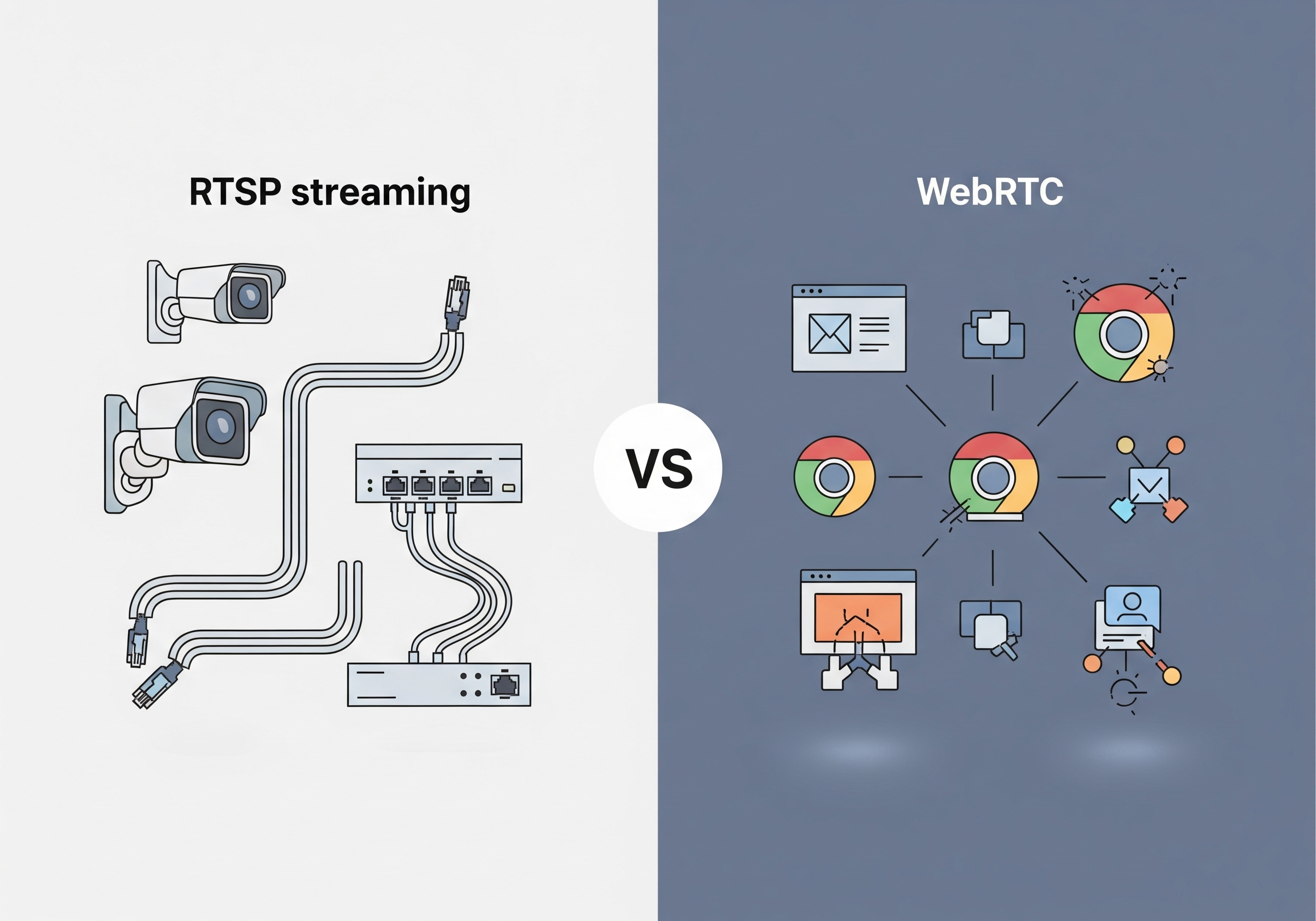Table of Contents
In the ever-evolving landscape of connected devices, the choice of an embedded Linux distribution can be a pivotal decision. It impacts everything from development speed and hardware compatibility to long-term maintenance and the ability to innovate. Two prominent names often surface when discussing firmware for network-enabled devices: the Reference Design Kit (RDK) and OpenWrt.
While both are Linux-based, they cater to different needs and philosophies. RDK is often associated with large-scale deployments by service providers, particularly for Customer Premises Equipment (CPE) like set-top boxes and broadband gateways. OpenWrt, on the other hand, is renowned for its flexibility and community-driven approach, empowering users to customize a vast array of devices, primarily routers.
So, how do you choose between them? Is it a simple matter of “RDK for scale, OpenWrt for freedom?” Let’s dive deeper.
What is RDK (Reference Design Kit)?
RDK is a standardized software stack for CPE. It was initiated by cable operators like Comcast, Liberty Global, and Charter Communications with the goal of creating a common framework to power set-top boxes, broadband gateways, and, more recently, IoT devices. The RDK Management entity now oversees its development and licensing.
Key Characteristics of RDK:
- Pre-integrated Components: RDK provides a comprehensive, pre-integrated suite of software components for core functions like video processing, broadband connectivity, device management, and a common media player (GStreamer-based).
- Focus on Service Provider Needs: It’s designed to accelerate the deployment of new services and features for large operators, enabling them to have a consistent software platform across various hardware vendors.
- Modular Architecture: While standardized, RDK aims for a modular design, allowing components to be updated or replaced.
- Hardware Abstraction Layer (HAL): It includes HALs to enable portability across different System-on-Chip (SoC) vendors.
- Commercial Ecosystem: A significant ecosystem of SoC vendors, software developers, and system integrators supports RDK.
Use Cases for RDK:
- Video Set-Top Boxes (RDK-V): Powering advanced video experiences, including IP video, QAM video, and streaming services.
- Broadband Gateways (RDK-B): Managing data, voice, and home networking functionalities for cable modems and routers.
- IoT Devices (RDK-C): A newer initiative to extend RDK principles to connected cameras and other smart home devices.
Pros of RDK:
- Faster Time-to-Market: For its target devices, RDK can significantly reduce development time due to its pre-integrated nature.
- Scalability: Designed with large-scale operator deployments in mind.
- Standardization: Promotes consistency across different hardware.
- Industry Backing: Strong support from major service providers and vendors.
Cons of RDK:
- Complexity & Resource Intensive: Can be more resource-heavy compared to leaner alternatives.
- Less Flexibility: Customization is generally within the RDK framework; radical departures can be challenging.
- Licensing: While the core is Apache 2.0, various components within an RDK build can have different licenses, which requires careful management.
- Steeper Learning Curve: Understanding the entire stack can be demanding.
What is OpenWrt?
OpenWrt is a highly extensible, open-source Linux distribution primarily targeted at embedded devices, most notably wireless routers. It began as a project to unlock the potential of off-the-shelf routers, replacing factory firmware with a powerful, customizable alternative.
Key Characteristics of OpenWrt:
- Extreme Customization: OpenWrt provides a fully writable filesystem and a package management system (opkg), allowing users to install, remove, and configure software packages to tailor the device to their exact needs.
- Broad Hardware Support: It supports a vast range of routers and embedded systems, thanks to its active community and modular design.
- Security-Focused: Often receives quicker security updates than many stock firmwares. The community is vigilant, and its open nature allows for transparent auditing.
- Lightweight and Performant: Can run on devices with limited resources, yet it’s powerful enough for complex networking tasks.
- Strong Community: A large, active global community contributes to its development, documentation, and support.
Use Cases for OpenWrt:
- Custom Routers: Building advanced routers with features like VPNs, ad-blocking, traffic shaping, captive portals, and mesh networking.
- Networked Storage: Creating NAS (Network Attached Storage) devices.
- IoT Hubs and Devices: Its flexibility makes it suitable for various custom IoT applications.
- Educational and Experimental Projects: An excellent platform for learning about networking and embedded Linux.
Pros of OpenWrt:
- Unmatched Flexibility: “If you can think of it, you can probably do it with OpenWrt.”
- Truly Open Source: Governed by GPL, promoting freedom and transparency.
- Extensive Package Repository: Thousands of optional packages available.
- Strong Community Support: Wealth of documentation, forums, and community expertise.
- Lightweight: Can revive older hardware or run efficiently on resource-constrained devices.
Cons of OpenWrt:
- Steeper Learning Curve for Beginners: While powerful, it can be daunting for those unfamiliar with Linux or networking concepts.
- DIY Approach: Requires more hands-on configuration than off-the-shelf solutions.
- Potential for Instability (if misconfigured): The freedom to modify everything means the potential to break things if not careful.
- Less Standardized for Mass Commercial Deployment: While used in some commercial products, it’s not designed with the same top-down standardization goals as RDK for large service providers.
RDK vs. OpenWrt: A Head-to-Head Comparison
| Feature | RDK | OpenWrt |
|---|---|---|
| Primary Goal | Standardized CPE software for operators | Flexible, customizable firmware for embedded |
| Control | Consortium-managed, more controlled | Community-driven, highly open |
| Target Devices | STBs, broadband gateways, some IoT | Routers, embedded systems, IoT |
| Customization | Moderate, within RDK framework | Extremely high |
| Ease of Use | Simpler for target use case (for developer integrating) | Steeper learning curve, more DIY |
| Resource Needs | Generally higher | Lean, can be very minimal |
| Community | Industry consortium, commercial partners | Large, active open-source community |
| Licensing | Apache 2.0 core, component licenses vary | Primarily GPL |
| Time-to-Market | Faster for specific CPEs | Can be fast for custom needs if skilled |
| Scalability | Designed for massive operator deployments | Scalable for device count, but less standardized for ops |
RDK for Scale, OpenWrt for Freedom: Is it That Simple?
The tagline holds a good deal of truth.
RDK’s strength lies in enabling scale for service providers. If you’re a cable company looking to deploy millions of set-top boxes or gateways with a consistent feature set and managed updates, RDK provides a robust, pre-tested foundation. It streamlines development across multiple hardware vendors and helps ensure a certain quality of service. The “scale” here refers not just to the number of devices but also to the scale of operations required to manage them.
OpenWrt champions freedom. If your project demands deep customization, unique features, or support for a niche hardware platform, OpenWrt offers unparalleled liberty. It’s for those who want to tinker, optimize, and build exactly what they envision without the constraints of a pre-defined stack. This freedom is invaluable for startups, researchers, hobbyists, and even enterprises building specialized non-CPE embedded solutions.
Making Your Choice: Key Questions to Ask
Choosing between RDK and OpenWrt depends heavily on your project’s specific requirements:
- What is the nature and scale of your deployment? Are you a large service provider deploying millions of standardized CPEs (favoring RDK), or are you developing a custom product, a small-scale deployment, or a personal project (leaning towards OpenWrt)?
- How much control and customization do you need? Do you need to fine-tune every aspect of the system and add unique software (OpenWrt), or are you looking for a stable, feature-rich platform for video/broadband that requires less foundational work (RDK)?
- What are your hardware targets and resource constraints? RDK is typically for more powerful CPE SoCs, while OpenWrt can run on a wider array, including very resource-constrained devices.
- What is your team’s expertise? Does your team have experience with the RDK stack, or are they more comfortable with a general embedded Linux and open-source development model?
- What are the licensing implications? Understand the licensing of all components if you choose RDK. OpenWrt is generally simpler in this regard.
- Are you building a video-centric or broadband access device for a service provider? This is RDK’s sweet spot. For almost anything else, OpenWrt’s flexibility is a strong contender.
Conclusion
Neither RDK nor OpenWrt is universally “better.” RDK offers a powerful, standardized solution for service providers aiming for large-scale, manageable deployments of set-top boxes and gateways. It prioritizes stability, common functionality, and a quicker path to market for these specific use cases.
OpenWrt, conversely, is the champion of flexibility and open-source ethos. It empowers developers and enthusiasts to build highly customized, lean, and innovative solutions across a vast spectrum of embedded devices.
The choice isn’t just about scale versus freedom; it’s about aligning the platform’s core strengths with your project’s strategic goals. Understanding their fundamental differences is the first step to making an informed decision that will set your embedded project on the path to success.







Start the conversation